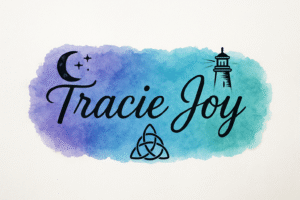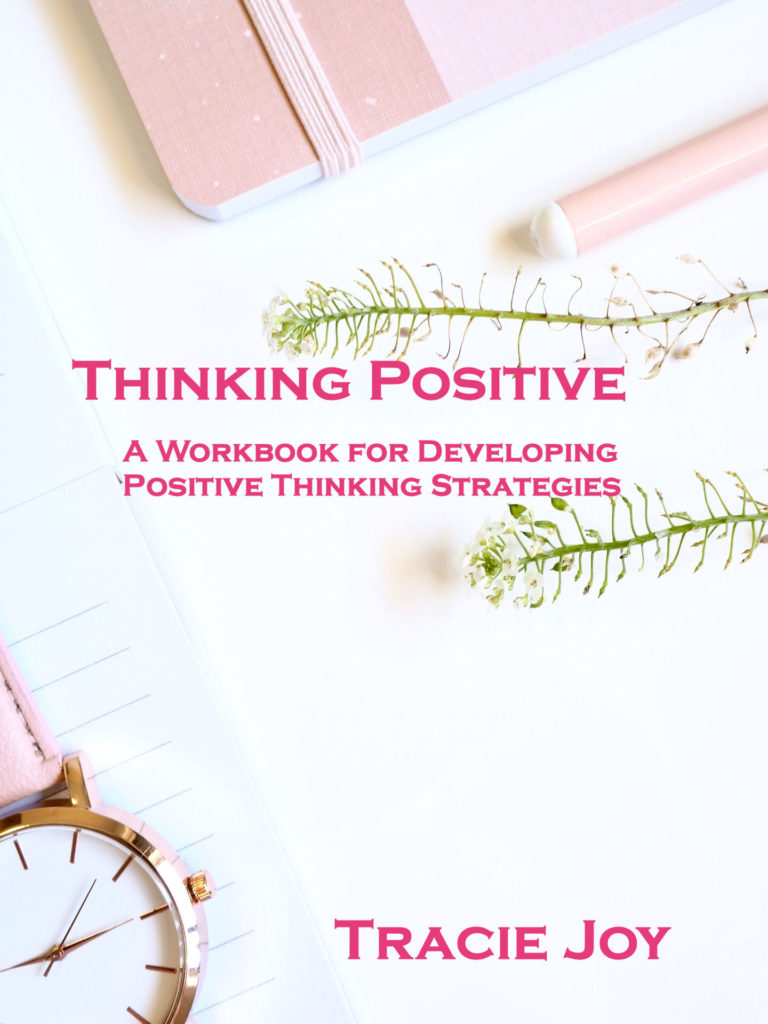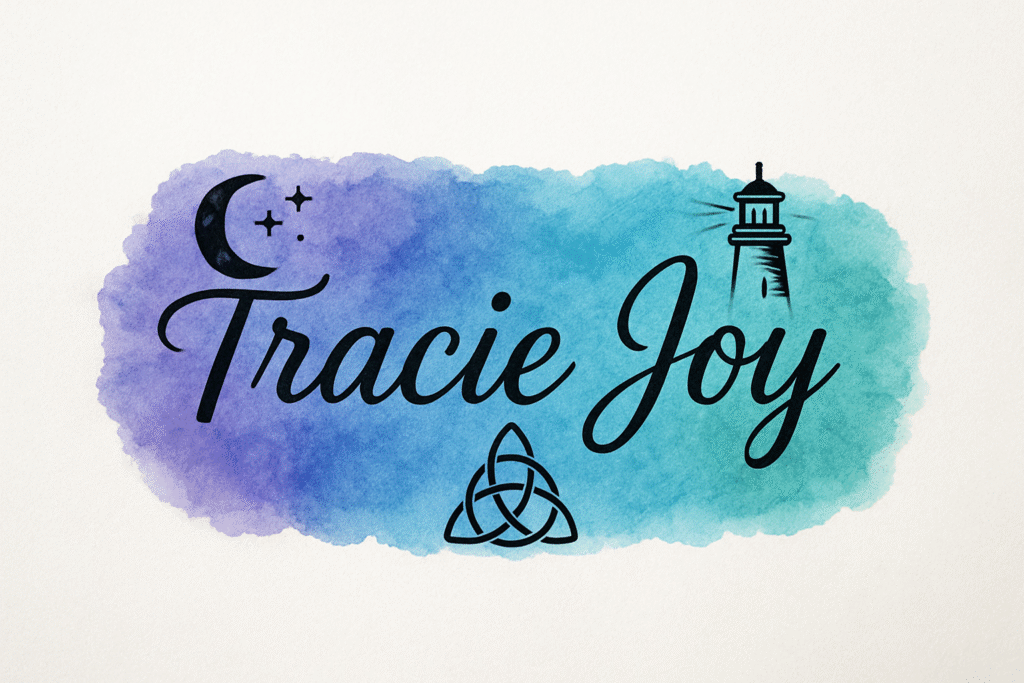Why Most Writing Rules Are Trash (And How to Write Fearlessly Anyway)
Writers are drowning in advice. Everywhere you turn, someone insists there is only one right way to write: never use adverbs, always show not tell, avoid prologues, cut every “that,” and for the love of Hemingway, do not touch a
semicolon. I hate rules, and I hate writing rules more than anything. You are creating a world. If it’s your world, you should get to make the rules.
But here is the truth: writing is not math. There is no perfect formula that guarantees emotional impact or beauty. The moment you follow every “rule,” you start ignoring the one thing that makes your writing special, your voice.
Writing rules become trash when they stop being flexible tools and start becoming cages. Real mastery comes from understanding the why behind a rule, then breaking it on purpose.
Let’s look at six of the most abused pieces of advice, and how to turn them into creative freedom.
1) “Show, Don’t Tell” Is About Balance, Not Absolutes
The classic “show, don’t tell” rule is meant to remind writers that vivid imagery and emotion help readers feel the story. But when taken too far, it leads to exhausting, bloated scenes.
Example:
Instead of telling, “She was nervous,” you might show: “Her hands shook as she tried to fit the key in the lock.” That’s good, until every sentence in your novel becomes a performance piece. Sometimes, a simple tell keeps the story moving.
The trick is balance. In my post on showing vs. telling, we explored how emotion thrives on contrast. You show when the moment matters emotionally; you tell when you need clarity and momentum. Both are part of a writer’s rhythm.
2) “Never Use Adverbs” Is Lazy Advice
Adverbs are not villains; they are just often misused. The “cut every adverb” rule came from the idea that strong verbs make writing more vivid. That is true, but not absolute.
Example:
“We ran quickly” can become “We sprinted.” That is stronger. But if you write, “He said it quietly, like he was afraid the words might break,” that adverb deepens the mood.
As K. M. Weiland explains, adverbs can amplify subtlety when they are intentional. The goal is not to erase them; it is  to make them count. So no, you do not have to delete every “ly.” You just have to make sure it earns its place. Besides, some writers of a certain age *cough me cough* grew up hearing “Lolly Lolly Lolly get your adverbs here on Saturday mornings on Schoolhouse Rock. I’m sorry, but we will NOT be destroying my childhood by not using adverbs.
to make them count. So no, you do not have to delete every “ly.” You just have to make sure it earns its place. Besides, some writers of a certain age *cough me cough* grew up hearing “Lolly Lolly Lolly get your adverbs here on Saturday mornings on Schoolhouse Rock. I’m sorry, but we will NOT be destroying my childhood by not using adverbs.
3) “Cut the Prologue” Does Not Always Apply
“Never write a prologue” might be the most misleading bit of advice ever given. A prologue is simply a story tool—and like any tool, it is only bad when used badly.
Example:
Patrick Rothfuss opens The Name of the Wind with a haunting prologue that sets tone and mystery before the story even begins. Erin Morgenstern’s The Night Circus does the same, wrapping readers in atmosphere before Chapter One ever arrives.
If your prologue exists only to dump background info, delete it. But if it hooks emotion, frames your theme, or establishes your world, keep it. The issue is not having a prologue; it is whether it works.
4) “Write Every Day” Is Unrealistic (and Often Harmful)
This one trips up so many writers. You have probably read it on a thousand motivational posts—but writing every day is not the key to success; it is often the key to burnout.
In How to Balance Writing with a Full-Time Job, I talked about the guilt spiral that happens when we hold ourselves to impossible creative standards. Real life does not run on perfect routines.
Example:
Maybe you cannot write daily because you teach, parent, or deal with fatigue. Writing three times a week with purpose beats daily exhaustion every time. The goal is not constancy—it is consistency.
5) “Kill Your Darlings” Can Go Too Far
Ah, the badge of honor for “serious” writers: kill your darlings. Sure, you should cut scenes that serve no purpose, but

do not amputate your story’s soul just to prove you can be ruthless.
Example:
If a line is there only because it sounds clever, cut it. But if it captures your protagonist’s heart or expresses your story’s core theme, that is not indulgence—it is identity.
Some of the most memorable lines in literature would have been “killed” if their authors had followed this rule too literally. The key is discernment, not destruction.
6) “Stick to the Rules of Genre” Is How You Write Something Forgettable
Readers love to be surprised. Genre rules are useful for setting expectations—but unforgettable stories bend or blend them.
Example:
Suzanne Collins turned dystopia into a global phenomenon by combining survivalism with reality TV satire in The  Hunger Games. Leigh Bardugo’s Six of Crows reinvented fantasy as a found-family heist story. Breaking the mold did not alienate readers; it hooked them.
Hunger Games. Leigh Bardugo’s Six of Crows reinvented fantasy as a found-family heist story. Breaking the mold did not alienate readers; it hooked them.
Genre “rules” should be a starting point, not a straitjacket. Experimentation is where innovation lives.
Why Most Writing Rules Are Trash
Because they are fear disguised as wisdom. Every rule started as a reaction to a common problem—then someone decided it was gospel. “Do not use adverbs” came from overwriters. “Show, do not tell” came from under-imaginers. “Write every day” came from procrastinators.
The truth? No rule survives every story. Your job is not to obey; it is to understand and choose.
How to Write Fearlessly Instead
- Question every “rule” before obeying it. Ask why it exists, who it helps, and whether it serves your story.
- Trust your gut. If something feels alive, it probably is.
- Experiment deliberately. Play with structure, pacing, and point of view. Fearless writing means taking risks on purpose.
- Seek authenticity over approval. Write to uncover truth, not to impress others.
- Read widely. The more voices you experience, the freer yours becomes.
As I mentioned in The Role of Symbolism and Motifs in Storytelling, the strongest writing is not about rules—it is about resonance. Craft is a foundation, not a prison. Write bravely. Break things beautifully. Let your voice make its own rules.
Conclusion: Be the Rule-Breaker Your Story Deserves
Every time you hesitate because you “should not,” you silence your instincts. The stories that stay with us do not follow every rule—they invent new ones.
You do not need permission to write fearlessly and you certainly don’t need permission to break any writing rules. You just need to remember that the page belongs to you.
So break the rules. Shatter them. Scatter the pieces across your story and let them shine. That is where your art begins.
🖋 Writer’s Challenge
This week, pick one “rule” you have always obeyed and break it on purpose. Write a scene full of adverbs, start with a prologue, or tell instead of show—and see what creative freedom feels like. Then share your experience in the comments or tag me on social (@Traciefj).



